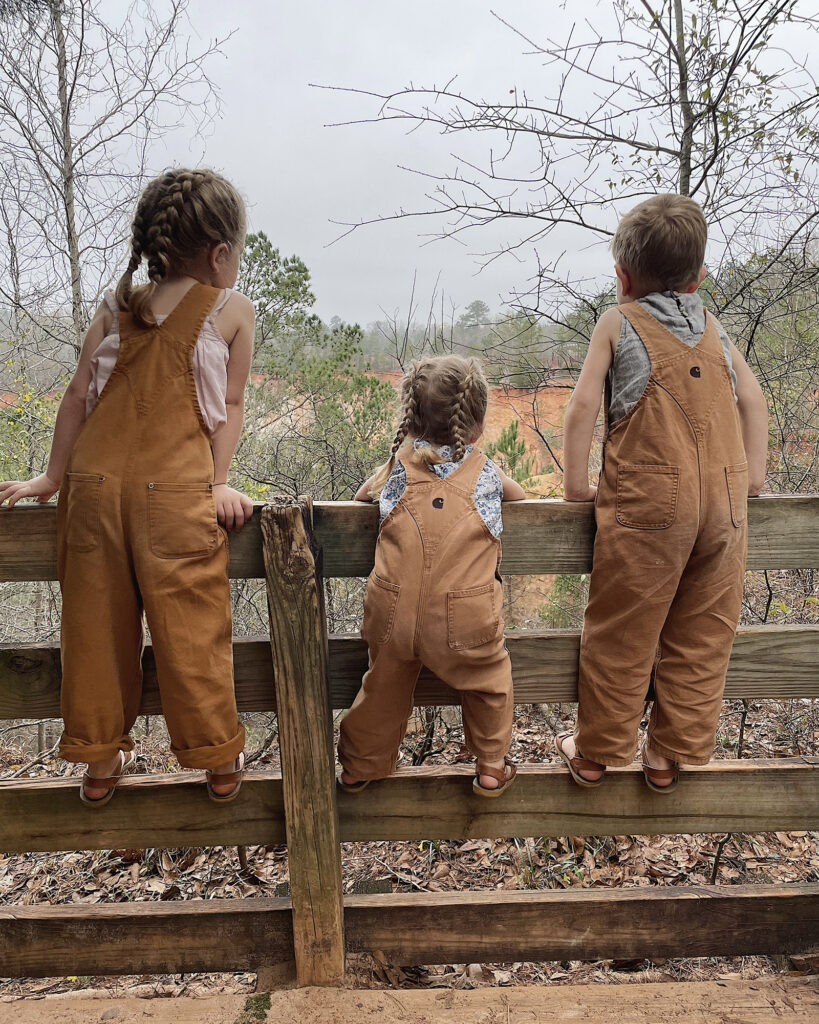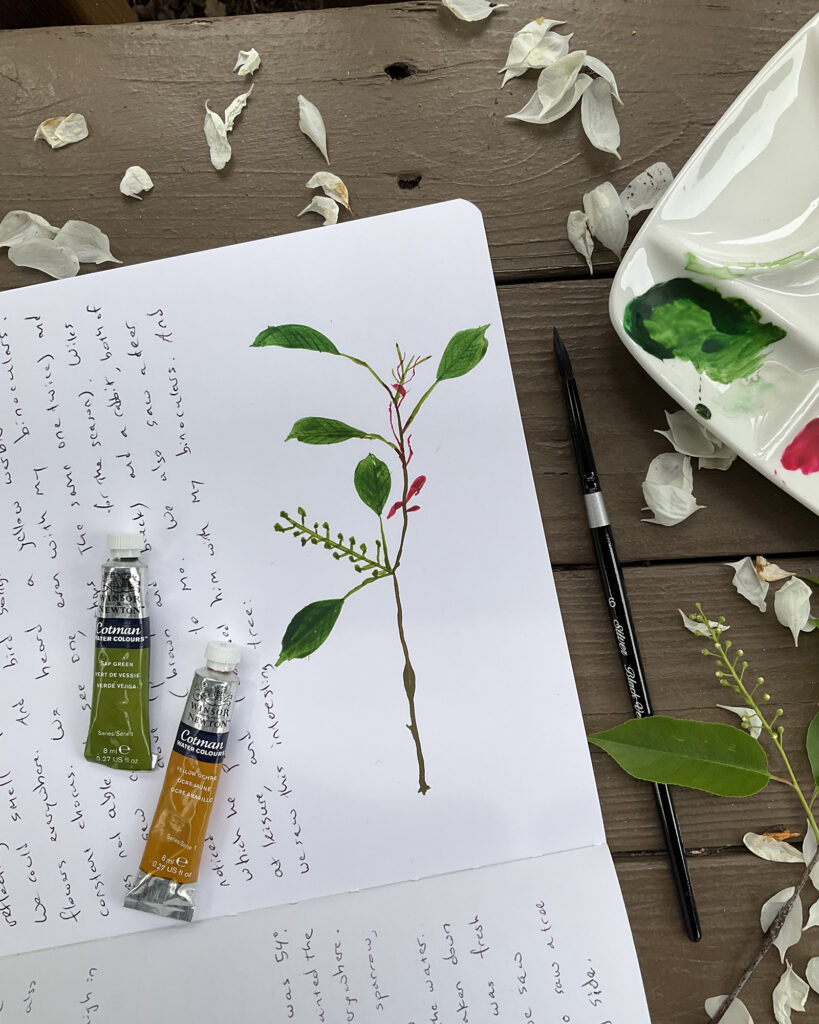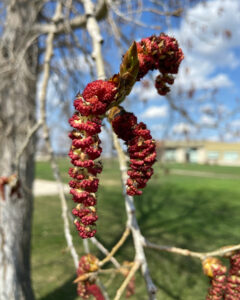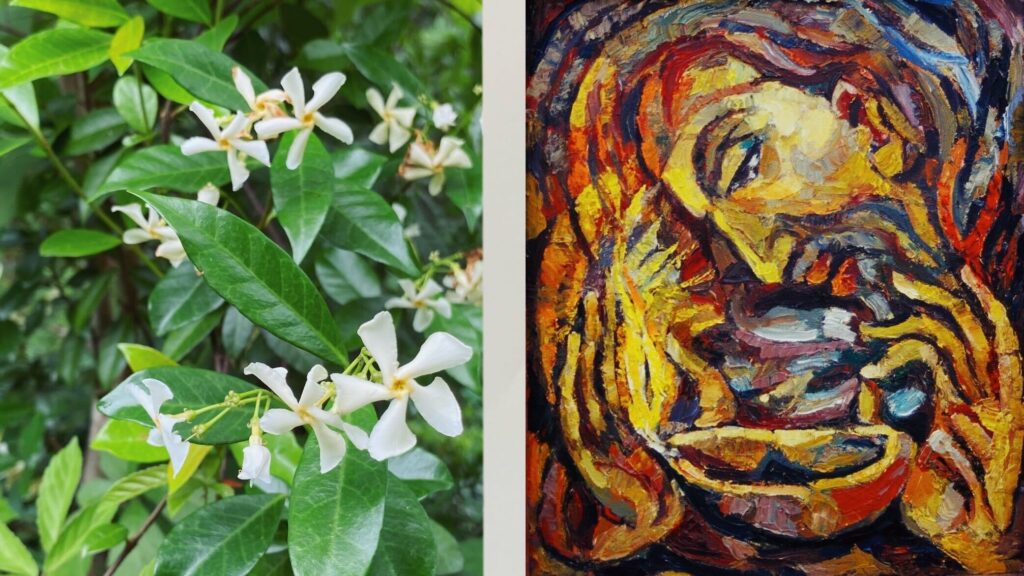The CMP Review — Week of May 8
May 8, 2023

“No parent/home/child/teacher/school has an all-round 100 percent wholeness. We all have limitations and problems. But I must never think it is all or nothing.
Perhaps I’d like to live in the country, but I don’t. Well, maybe I can get the family to a park two times a week, and out to the country once every two weeks.
Maybe I have to send my child to a not-so-good school. Well, maybe we can read one or two good books together aloud. If you can’t give them everything, give them something.” (Susan Schaeffer Macaulay, For the Children’s Sake, p. 156)
@tessakeath
May 9, 2023

You could say that I collect Parents’ Review articles. I keep them in a list, and as I read them, I record notes and observations. I classify them. I extract quotes.
One such article in my list has only one note. It’s just one word: “Magnificent.”
In 1911, Charlotte Mason wrote her monumental essay entitled “Children as Persons.” Two years later, her beloved friend, the “beloved physician,” wrote an essay on the essay. It was a talk on Charlotte Mason’s first principle. A talk on “The Child as a Person.”
With stunning insight and careful explanation, Dr. Webb identifies three characteristics common to all children. As her talk unfolds, the reader begins to realize something. These three characteristics are perfectly matched to Mason’s three instruments of education — these three characteristics point to education as an atmosphere, discipline, and life.
Dr. Webb’s paper was published as a booklet and recommended in the 1926 Occupations Leaflet. Evoking our memory of the Teacher of teachers she writes, “Centuries ago we were told not to offend or put stumbling blocks in the way of little children, and it is advice we all do well to bear in mind at the present-day.” In our present-day too.
Please read or listen to Dr. Webb’s talk. All I can say is that it is magnificent.
@artmiddlekauff
May 10, 2023

What’s your favorite Brontë novel? Have you introduced the Brontës to your high schoolers?
This summer I’m excited to lead an interactive session in high school literature at the Charlotte Mason Together retreat with @simplycharlottemason.
We’ll get to know novelist Charlotte Brontë and one of the greatest literary figures of all time, Jane Eyre! Together we’ll dig into the significance of our reading while seeing firsthand how simple it is to use the Great Book Discussions resource in your home, co-op, or book club.
Find out more about this fantastic retreat.
@rbaburina
May 11, 2023

I remember how relieved I was to hear that it was OK to draw with colored pencils in my nature notebook. I was equally discomforted when I learned that it was not the Charlotte Mason way.
Describing nature notebooks at the House of Education in 1898, Herbert Geldart wrote, “The original sketches are almost invariably brush-paintings in water-colours without outline, a method which catches the ‘gesture,’ as Mr. Ruskin calls it, and general character of a plant better than drawing with a point or with a hard outline.”
Plants are alive, and their living gesture is not captured with a line. That’s what they were taught at Miss Mason’s school, and it was important to her. She lamented that the genius Goethe “as an old man” was still drawing lines, because his art studies did not have a “living beginning” in his youth.
I sat with a blank page and a living sample before me. I yearned to draw an outline, to contain the shape in a fixed and controlled edge. But then I dipped the brush in my paint and allowed myself to trust. I trusted that the pressure of the brush alone could create the shape. If I could just feel the motion and the flow of the leaf…
… I leaned back to look at the page. I won’t pretend that I created a work of art. But I will say that I connected more deeply with one small piece of nature’s beauty. And that is no empty gesture.
@artmiddlekauff
May 12, 203

Catkin time is one of our favourite times of the year.
Serafina described this catkin from an aspen on campus as “a mix between corn and a raspberry.” 🤣 Isn’t it just so pretty?!?!?
I took this photo on May 7.
Scroll down to see another pic from the same tree, (albeit from the other side of the tree) only 3 days later, as the catkin is already really loosening up!
And next to it, a bonus catkin from a box elder on our property.
Do you have a favourite catkin?
@antonella.f.greco


May 13, 2023

One of the things I love most about Picture Study is that its goal is not to produce critics but to nurture ideas of beauty, observation, appreciation and expression.
It would be near impossible to pick a favorite artist, but the works of Jean-François Millet are among our favorites. Who’s a favorite in your home?
@rbaburina
May 14, 2023

“But in identifying himself as the Light of the World,” observes Joseph Dongell, “Jesus was doing more than playing on the visual imagery of the moment. Light, it must be remembered from the Old Testament, symbolized (among other things) God’s gift of life, the guidance of God, the protection of God, even the very presence of God… Should one understand ‘light’ even in its most limited sense, Jesus’ claim to be the Light of the World constituted a high claim indeed. But to this claim Jesus added a lofty promise: Whoever follows me will never walk in darkness, but will have the light of life… According to the combined implications of these words, Jesus was offering himself as God’s sole means of salvation for God’s people as well as for the whole world.”
Dongell aptly reasons, then, that “So monumental was this claim that Jesus should have been challenged about His right to make it. Spoken without authority, these words constituted foolish self-promotion (at the least) and blasphemous assault on God (at the most).”
But the Pharisees did not challenge Him on these terms. Rather, they were “crippled by impure motives and rock-solid prejudice against Jesus,” writes Dongell. “The Pharisees began their challenge by noting the principle accepted by Jesus that truth never comes along the line of a single witness, especially a single self-witness: Here you are, appearing as your own witness; your testimony is not valid.”
Charlotte Mason also observed this oddly legal response to Christ’s extraordinary claims. She also observed the escalating conflict which ensued. Read or hear her devout and penetrating poem here.
@artmiddlekauff